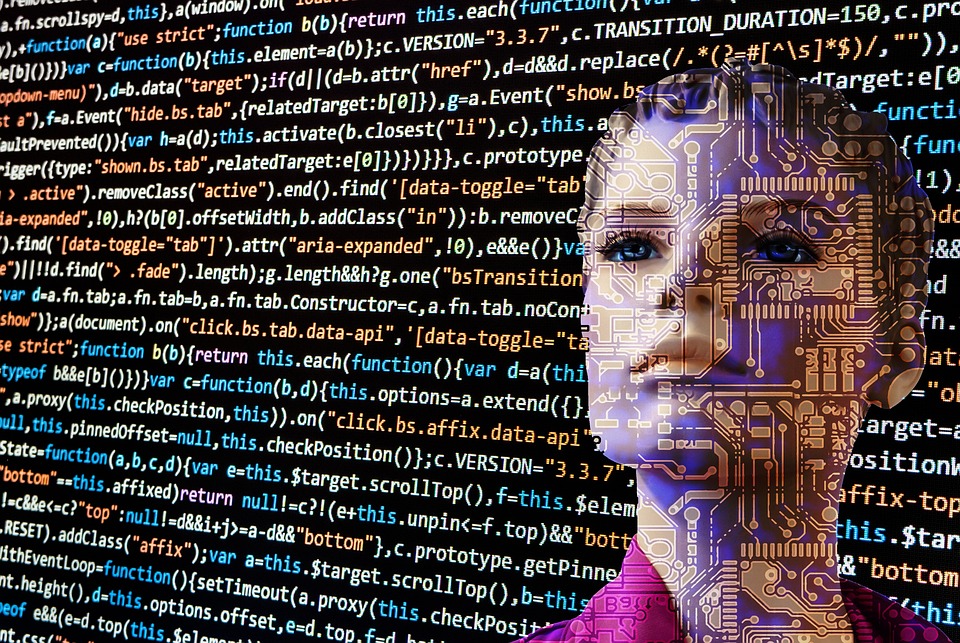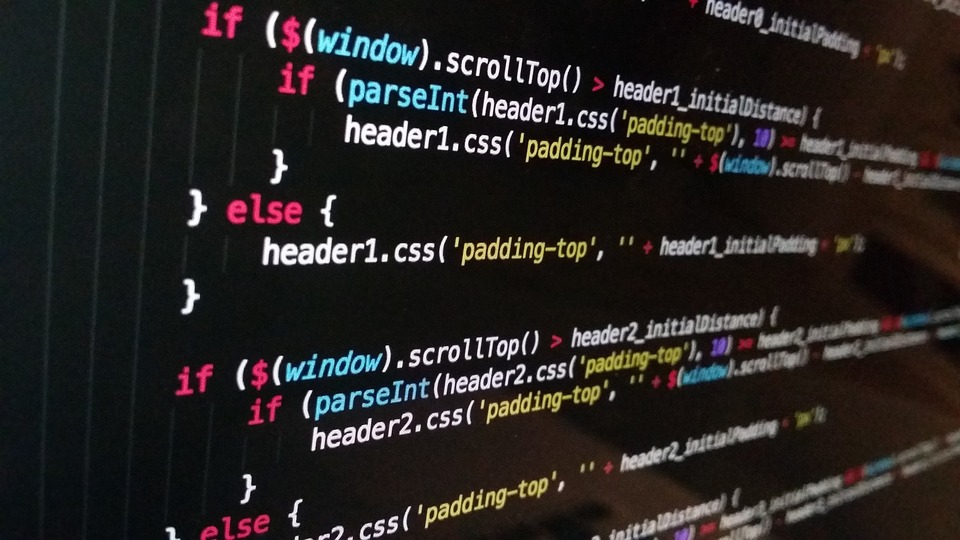Redefining Campus Education: Embracing New Modes of Learning
The traditional model of campus education has been in place for centuries, but in today’s rapidly changing world, it is becoming increasingly important to embrace new modes of learning in order to stay relevant and provide an effective education to students. With the advent of technology and the changing needs of the job market, colleges and universities are redefining campus education to better prepare students for the future.
One of the most significant shifts in higher education is the integration of technology into the learning environment. This includes online courses, hybrid courses (which blend online and in-person instruction), and the use of digital tools and resources in the traditional classroom setting. These methods of learning offer students greater flexibility and accessibility, allowing them to work at their own pace and in their own time. This is particularly beneficial for non-traditional students, such as working adults, who may not be able to attend classes in person.
Furthermore, technology has opened up new opportunities for collaboration and communication among students and professors. Online learning platforms and social media tools enable students to connect with their peers and instructors, fostering a sense of community and support that is essential for success in higher education.
In addition to the integration of technology, there is also a growing emphasis on experiential learning and real-world applications. This includes internships, co-op programs, and project-based learning, which provide students with hands-on experience and practical skills that are directly applicable to their future careers. By bringing the classroom into the real world, students are able to connect theory with practice and gain a deeper understanding of their field of study.
Another important shift in higher education is the recognition and incorporation of diverse learning styles and backgrounds. Colleges and universities are increasingly embracing inclusive teaching methods and curricula that cater to a variety of learning preferences and cultural perspectives. This can include incorporating multimedia and interactive activities, as well as diversifying course content to reflect the diverse experiences and contributions of different communities.
As the landscape of higher education continues to evolve, it is crucial for colleges and universities to adapt and embrace new modes of learning in order to best serve their students. By integrating technology, emphasizing experiential learning, and recognizing diverse perspectives, institutions are redefining campus education to provide a more dynamic and inclusive learning experience. This not only better prepares students for the demands of the modern world but also equips them with the skills and knowledge to become active contributors to their communities and the workforce.









